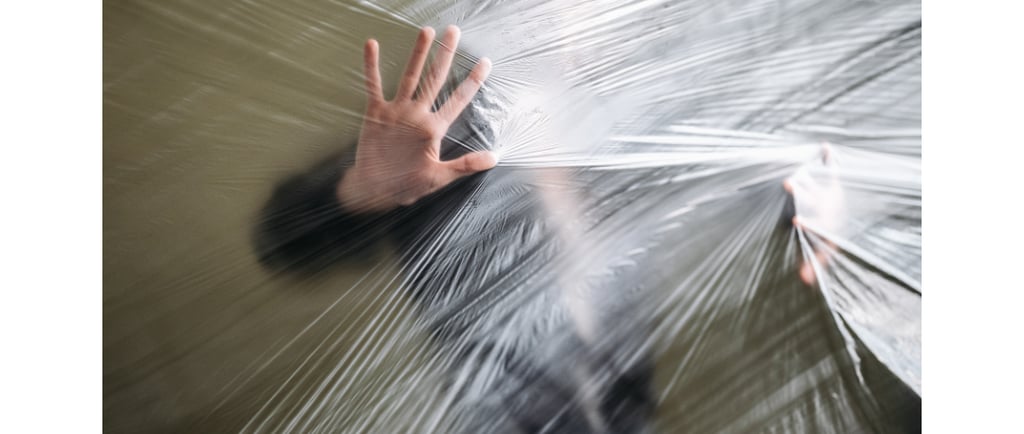How Fear and Systems Affect Inner Stability
What if stability is just an illusion? This article explores how fear and external systems influence inner resilience — and why true adaptation begins not with the outside world, but with the self.
Iryna Khomenko
9/18/20252 min read


True Adaptation: Not to Fit In, But to Stay Yourself
Some women have spent most of their lives within systems: in families, in relationships, in state structures, in social frameworks.
Life followed a predictable script: parents, husband, child, status, documents, housing. Even migration often happened not as an inner decision, but as inclusion in a new circle of care — someone offered, someone helped, someone arranged. Everything happened inside a world that already existed.
And then, at some point, a person appears next to them who takes a step into the unknown. Not within the boundaries of the familiar, but beyond the system. And against that background, it becomes clear: one woman freezes in fear — while another walks. Not because she isn’t afraid. But because she’s been there before.
A woman who once left her husband, took her child, and went into the unknown — who lived without external support, without help, guided only by intuition — already knows that stability doesn’t always come from the outside. She knows: if you rely on sensitivity, on connection with yourself, if you don’t lose your inner structure — you can get through anything.
This is how true adaptation comes. Not as integration into a new system, but as the preservation of one’s own wholeness, even in a foreign environment. Not dissolution. Not submission. But quiet self-holding, sensing, discerning, attuning.
True adaptation is not obedience. It is the ability to move through fear — without lying to yourself and without handing your decisions over to someone else.
A woman who has lived through this no longer waits for the fear to go away. She walks with it.
Comfort as a Trap
One of the greatest traps of our time is convenience disguised as safety.
A comfortable apartment. Familiar payments. A status that guarantees nothing — but creates the illusion of stability. And it is this illusion that makes a person freeze, even when everything inside is already calling for change.
People are not afraid of change. They are afraid of losing familiar comfort.
They are not afraid to leave — they are afraid of being without heating, without benefits, without guarantees. But all of that is external. And the most dangerous part is the illusion that it will last forever.
The system says: “Do as you’re told — and everything will be fine.”
And a person clings to this “fine” as if it were salvation. They don’t want to hear that everything can change. That promises are temporary. That neither status, nor housing, nor rules provide real support.
And when someone nearby dares to reject this “well-structured life”, it provokes irritation — because it shatters the illusion others are desperately holding on to.
But life does not obey systems. It offers no guarantees. It demands honesty.
Only those who have broken, within themselves, the belief in “guaranteed safety” begin to build true resilience. Not in things. Not in promises. Not in statuses. But in connection with the self.
Such a person can leave when others freeze. Can start from zero when others cling to the old. Can take risks — not because they are fearless, but because not living is far more frightening.

Emotional Silence as a Response to Traumatic Experiences
Explore the phenomenon of emotional silence following traumatic experiences. Discover how the psyche can freeze, leading to a lack of tears, pain, and words. Understand that emotions may not be gone, but rather taking a step back in the healing process.
Footer
Psychological services in crisis moments of life.
Contacts
About us
E-mail: info@krysyspsycholog.com
Call or Message via WhatsApp
© 2025 All rights reserved. Privacy Policy | Terms of Use | Cookie Policy
